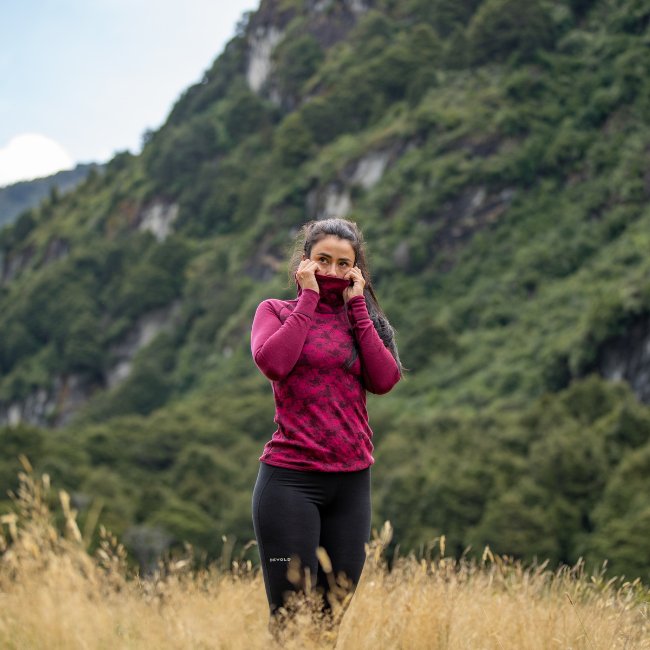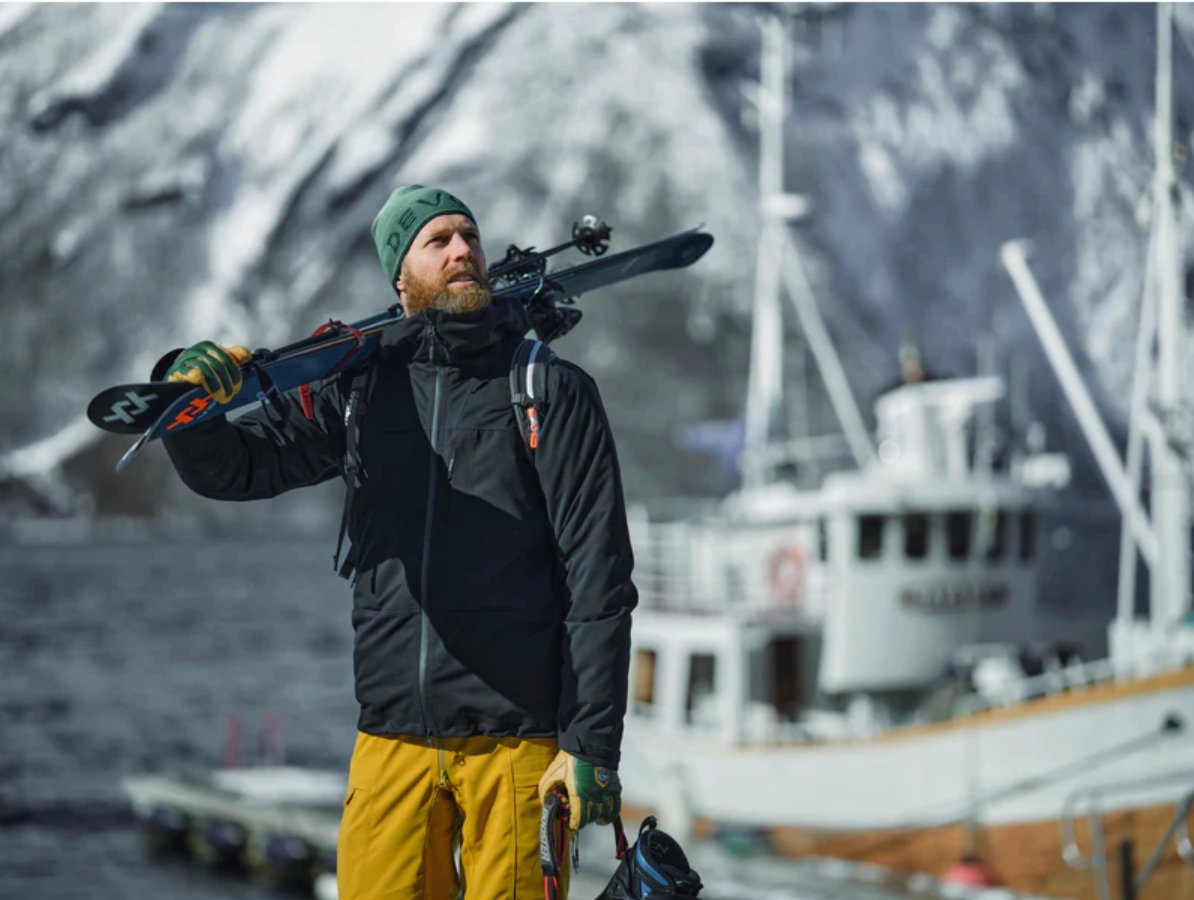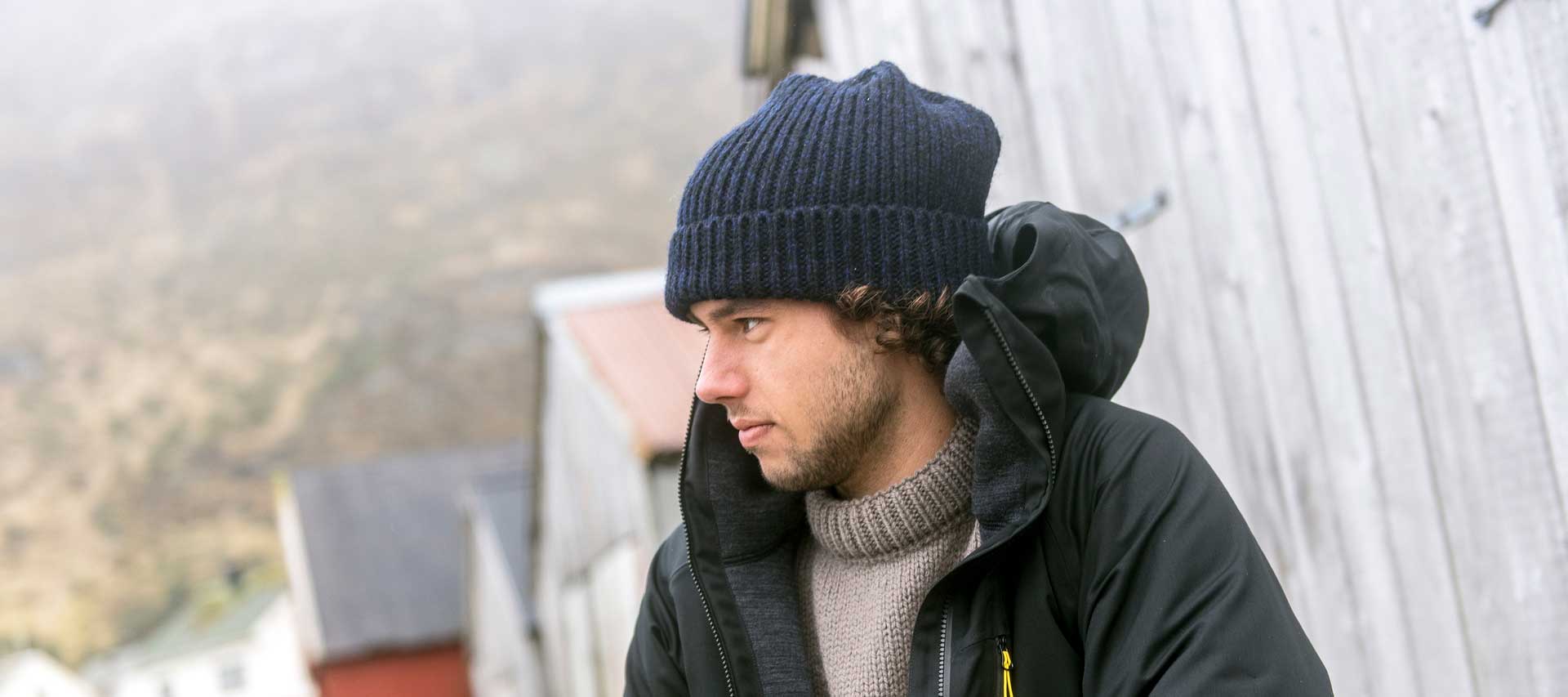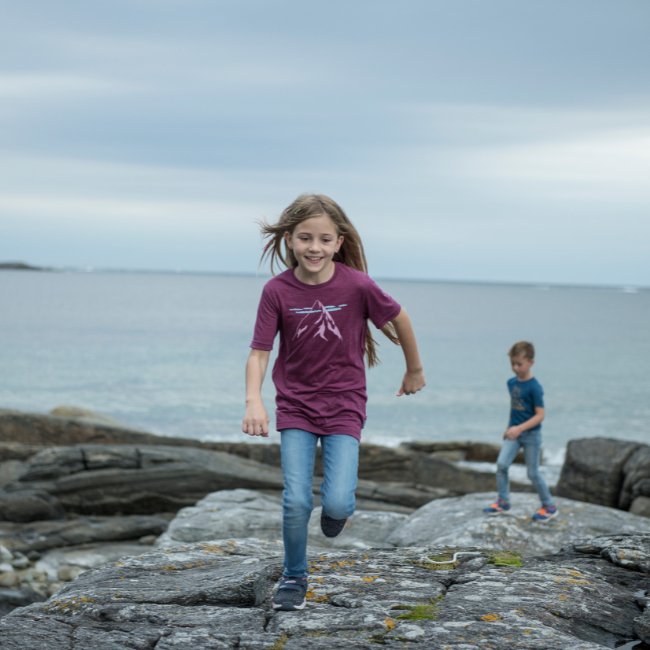Proper layering of clothing is one of the most fundamental concepts for outdoor activities. The layers of clothes must be moisture-wicking, insulate and protect against weather and wind.
BASE LAYER
The inner layer ought to be thin and tight-fitting. It must quickly wick sweat away from the skin and out to the middle layer, so that the wearer stays dry, warm and comfortable. Wool is the best option for most people, as it has naturally good moisture-wicking properties, and retains the heat even if it gets wet.
We recommend using several layers, according to weather conditions. Several thin layers can work better than one thick layer. Devold Wool Mesh is superb for insulation, and is ideal as the innermost layer on trips where the wind conditions may vary. For the outer layer, Devold Hiking is a good choice. It has a light quality which warms the wearer well, while also regulating body temperature.Devold Expedition, with a double layer of Merino Wool, is the optimal choice for those cold trips. Don’t forget to pack a change of layers in your bag.
MIDLAYER
This layer performs a twofold function: to preserve heat and to transport moisture and excess heat from the body. The intermediate layer should be looser-fitting and more voluminous than your underwear because you need to form an air gap between your underwear and outerwear. Improving air circulation, a loose-fitting intermediate garment is also better at transporting moisture away. We recommend Egga and Tinden Spacer for the technical, intermediate layer. For optimal warmth, the Devold Thermo jacket is a splendid choice. Devold Expedition can also be used as an intermediate layer if combined with a thin woollen jumper during high-intensity workouts.
OUTERWEAR
The outerwear layer is often referred to as shell clothing. This layer must keep weather and wind out, while wicking away moisture. Choose breathable materials, that are water-repellent, and have sufficient ventilation possibilities. Good outerwear has a membrane that lets moisture out but not in. We now offer a new water- and wind-resistant outer garment made entirely of merino wool. We call this material ‘woolshell’. As an item of shell clothing, the Trollkyrkja jacket provides particular insulation and ventilation. It doesn’t release microplastics into nature and, with the exception of the zips, it’s 100% degradable. Please note that it’s not as waterproof as Gore-Tex products. Our classic jumpers are also popular outerwear on cold, clear days. Our jumpers, which are made of 100% pure Norwegian wool, are extremely warm and insulating, and they retain warmth even when they get wet. These great jumpers are made to last.
SOCKS
Hiking socks should mainly be made of woollen fibre because wool retains heat even when wet. Devold offers several collections of woollen socks for various needs. Most have been designed anatomically, meaning they fit around your right and left foot, and they have Y-heels and piqué-knitted ankles. This ensures a good hold on the foot and no chafing. Also, take a look at our Outdoor, Cross Country, and Alpine socks for skiing tours. Energy socks are ideal for outdoor exercise. Also try Compression, our unique compression stocking made of 47% merino wool.
MITTENS AND GLOVES
An inner layer of wool can work wonders beneath wet mittens. Keep your hands warm by using Devold Gloves.
BEANIES
The body will always sacrifice the feet and hands in order to maintain the temperature in the head and brain. Therefore, the head is the most important part of the body to keep warm. A beanie can also be used to regulate body temperature when one is out hiking. All beanies from Devold® are either knitted or crocheted in wool, and therefore possess all the properties that wool has. They remove moisture from the head, and move it towards the outside of the beanie, where the moisture evaporates. Even if the beanie gets wet, it will remain dry and comfortable, will breathe, and retain the heat well. Find your own favourite here.



















